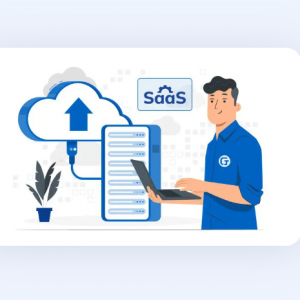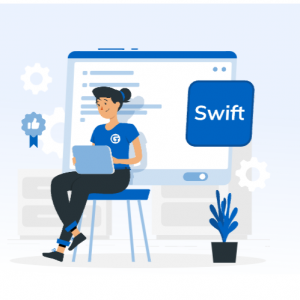In the era of smartphones and on-the-go lifestyles, fitness mobile apps have emerged as indispensable tools for individuals seeking personalized and accessible solutions for their health and wellness journeys. This article serves as a comprehensive guide, providing insights into the strategies, innovative features, and monetization tactics crucial for the fitness mobile app development.
1. Navigating the FitTech Landscape
Understanding Market Dynamics: Before diving into development, gain a comprehensive understanding of the FitTech landscape. Analyze current trends, user preferences, and identify unique opportunities to set your fitness app apart in a crowded marketplace.
2. Crafting an Intuitive User Experience (UX)
User-Centric Design Principles: Design an interface that is visually appealing and user-friendly. Prioritize intuitive navigation, ensuring users can seamlessly access key features such as workout routines, progress tracking, and personalized plans.
Mobile Responsiveness: Optimize your app for various devices to provide a consistent and enjoyable user experience on smartphones and tablets alike, catering to the diverse needs of your user base.
3. Integrating Cutting-Edge Fitness Features
Customizable Workout Plans: Offer a diverse range of workout plans that cater to various fitness levels and goals. Enable users to customize their routines based on preferences, ensuring a tailored fitness experience.
Real-Time Progress Tracking: Incorporate tools for users to monitor their progress, including metrics such as calories burned, distance covered, and workout intensity. Real-time tracking adds motivation and engagement to the user experience.
Wearable Technology Integration: Seamlessly integrate with popular fitness wearables to enhance the accuracy of data tracking. This integration not only attracts users who prefer using devices like smartwatches but also provides a holistic fitness experience.
4. Monetization Strategies for Sustainable Growth
Freemium Models: Consider adopting a freemium model, offering basic features for free and premium features through subscription plans. This approach allows users to experience the app before committing to advanced functionalities.
Subscription Plans: Implement tiered subscription plans, providing varying levels of access and exclusive content for premium subscribers. Tailor plans to cater to different user needs and preferences.
5. Prioritizing User Security and Data Privacy
Secure Data Handling: Given the sensitivity of health data, prioritize robust security measures. Implement encryption protocols to protect user information, fostering trust and confidence in your app.
Transparent Privacy Policies: Clearly communicate your app's privacy policies to users. Transparency builds trust and ensures users feel secure when entrusting their health and fitness data to your application.
6. Continuous Innovation and User Feedback Integration
Feedback Loops: Incorporate mechanisms for users to provide feedback on their experiences. Regularly analyze this feedback to identify areas for improvement, ensuring your app evolves based on user needs.
Adapting to Trends: Stay abreast of emerging trends in fitness and wellness. Integrating new features, technologies, and workout methodologies keeps your app relevant and appealing to a diverse audience.
Conclusion: Empowering Fitness On-the-Go
In conclusion, the development of a successful fitness mobile app is a dynamic journey that demands a fusion of innovation, user-centric design, and strategic thinking. By embracing market dynamics, prioritizing user experience, and implementing effective monetization strategies, you can position your fitness app for success in the competitive mobile app landscape. As you embark on this journey, remember that the key to sustained success lies in continuous innovation, adaptability, and a genuine commitment to enhancing the well-being of your users. Get ready to revolutionize fitness on-the-go and empower individuals worldwide on their paths to healthier, happier lives.





